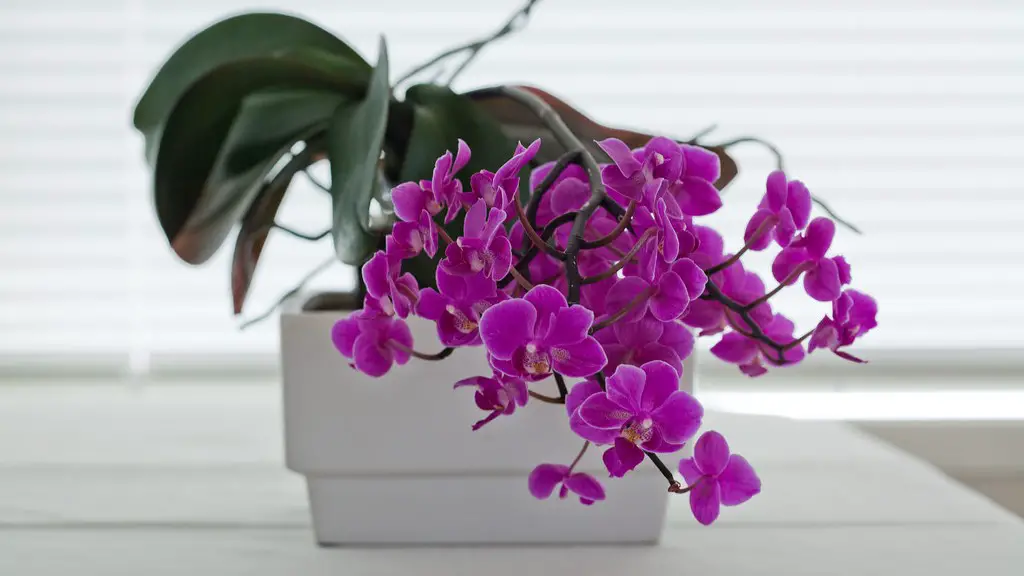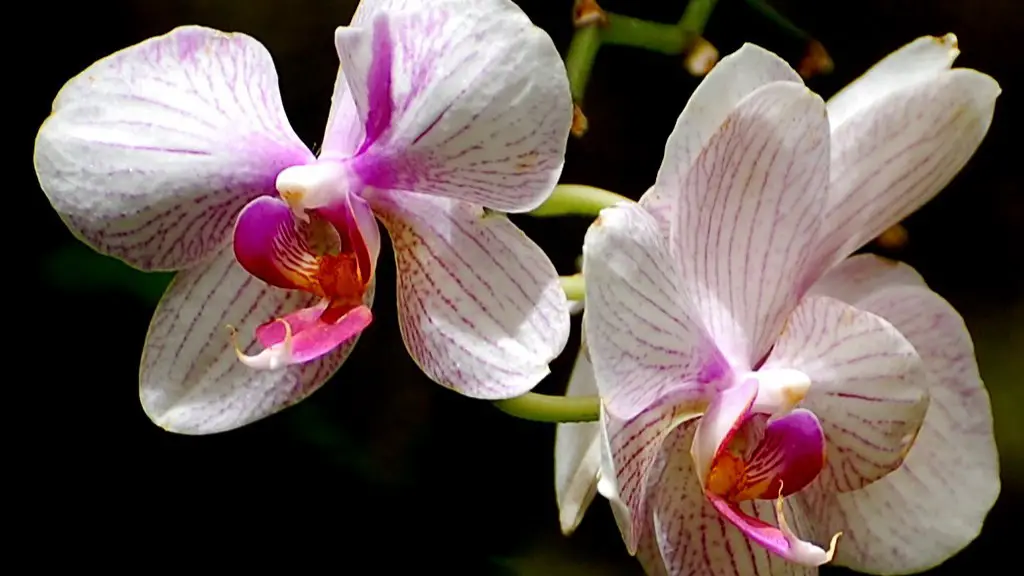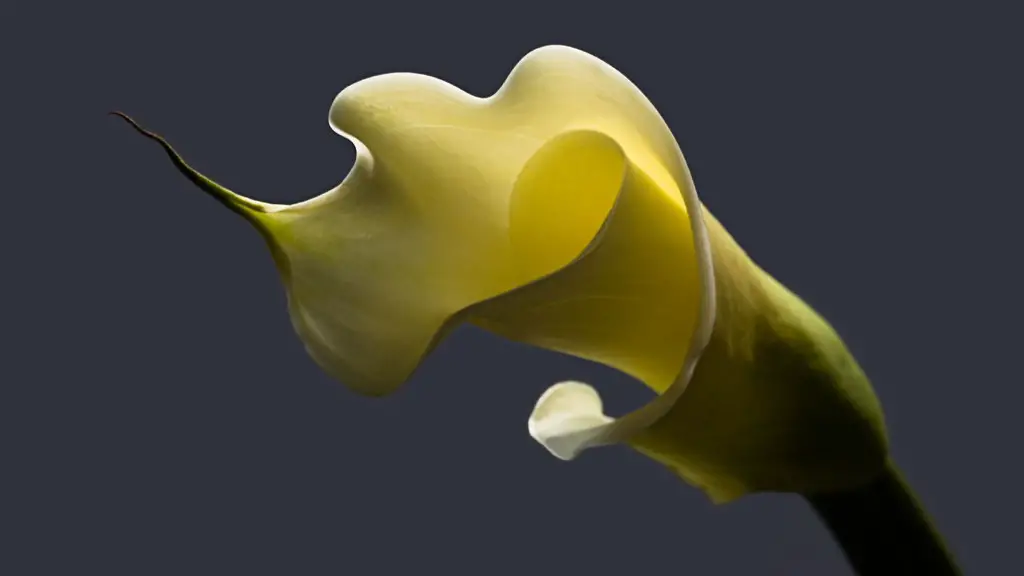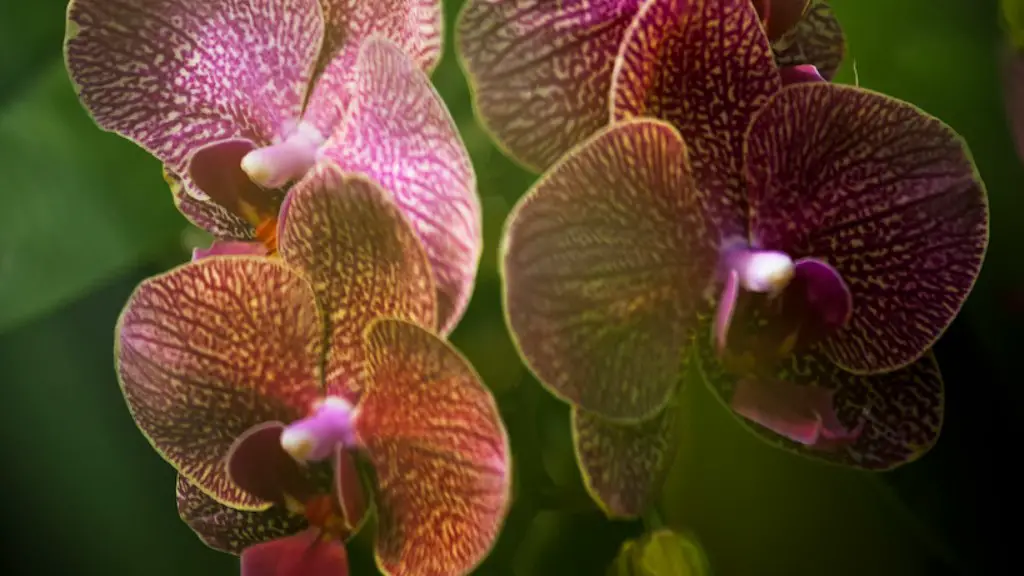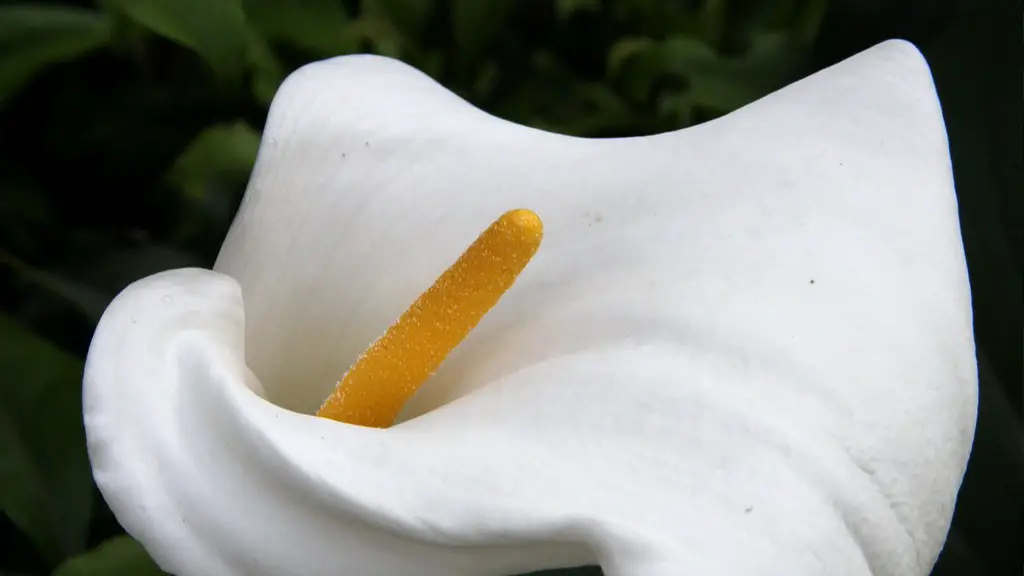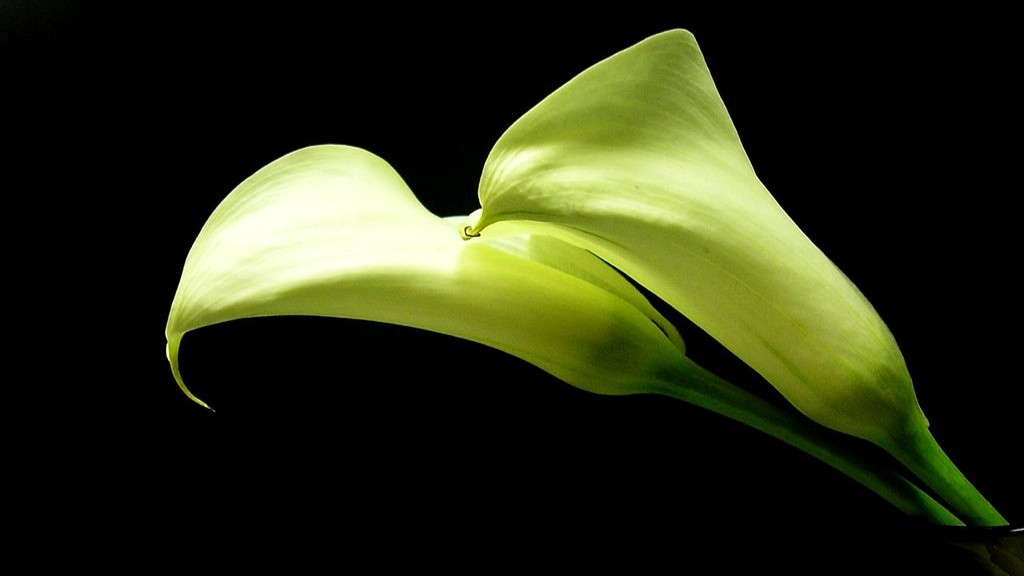If you want your Phalaenopsis orchid to grow a new leaf, you will need to provide it with the proper conditions. The plant will need a humid environment and should be fertilized regularly. The potting mix should be well-drained and the plant should be kept in a bright spot, but out of direct sunlight. With proper care, your orchid will soon produce a new leaf.
To get a Phalaenopsis orchid to grow a new leaf, you need to provide it with the proper growing conditions. The plant needs bright, indirect light and a temperature between 65 and 80 degrees Fahrenheit. The plant also needs to be kept evenly moist, but not wet. Allow the top inch of soil to dry out before watering. fertilize the plant every other week with a half-strength Orchid fertilizer.
How do I get my orchid to grow new leaves?
To ensure that your orchid will grow a new stem, follow these steps:
1. Give it enough water, but allow it to dry out completely between waterings.
2. Make sure that it is in a room with around 50 to 70% humidity.
3. Fertilize your orchids weekly if there are new growths, then taper off as the plant matures.
If your orchid is not developing new leaves, it may be suffering from a phosphorous or nitrogen deficiency. You should move your plant closer to a window and also inspect your orchid’s potting media and root system to see if your orchid needs to be repotted.
How long does it take an orchid to grow a new leaf
Orchids are beautiful, delicate flowers that add a touch of elegance to any setting. Although they are often thought of as being difficult to care for, with a little bit of knowledge and attention, they can be easy to maintain. One important thing to keep in mind when caring for orchids is that they have a slow growth rate. It can take an orchid plant up to a year to produce a new leaf. The time it takes for the leaf to mature varies depending on the species of orchid, but is generally between four and eight months. With a little patience and care, your orchids will thrive and provide you with endless beauty.
If you notice an orchid spike forming, be patient; this process can take around three months. Once the spike has grown, it will produce a beautiful flower that will last for several weeks. Enjoy your orchid!
Can an orchid come back after losing all leaves?
Orchids are a unique and beautiful type of flower that can provide a lifetime of enjoyment. With proper plant care, they will rebloom on the same old flower spike, or even on a new one. You can also cut the old, bare flower spike back to a node to promote bushy and lush foliage. Whatever you decide, your orchids will be a lovely addition to your home or garden.
Cutting back the stem of a flower to the nearest bud will stimulate the production of another flower stem over the next few months. This is a great way to encourage continuous blooming in your flowers.
Why is my orchid only producing leaves?
Orchids require a certain amount of light in order to produce flowers. If the light is insufficient, the plant will not bloom. The leaves of the plant can be used as an indicator of whether the amount of light is adequate.
If you have a healthy phalaenopsis orchid, you can expect to see 3-5 leaves. In the home, they rarely have more than 5 leaves, with 4 being more common. Once the orchid reaches this mature size, new leaves will grow while an old leaf falls off.
Can phalaenopsis survive without leaves
It is very important to make sure that your orchid’s stem is healthy, since this is what it will use to form new leaves. If the stem is bad, there is no hope for the plant and it will not survive in the long run.
It’s normal for an orchid to lose its old leaves, especially after it moves from a commercial greenhouse with very humid air to the extremely dry air of the average home in winter. Also, as new leaves appear in spring, the plant often loses a corresponding number of old leaves.
How do I know if my orchid is growing a new stem?
Orchid spikes are a sign that the plant is healthy and blooming. New spikes are usually greener than the roots and have a flatter, mitten-shaped tip. As the spikes grow, they remain green along their full length. Usually, spikes emerge from between the plant’s leaves, not from the plant’s center.
If your orchid is not blooming, one possible reason is that it isn’t getting enough light. Depending on the type of orchid, it may need direct sunlight, bright indirect light, or just a little bit of extra light. If you suspect that your orchid needs more light, try moving it to a brighter spot and see if that helps.
Why does my orchid have leaves but no stem
To keep your orchid happy and healthy, make sure to:
– water regularly, giving it a thorough soaking once a week
– fertilize monthly with a half-strength solution
– provide bright, indirect light
– keep an eye out for pests, and remove them promptly if you spot any
If your orchids are developing crazy-looking tendrils that look a little bit like tentacles, don’t worry! Your orchid is simply growing roots, specifically aerial roots. Aerial roots are perfectly normal for this unique, epiphytic plant. So, what should you do with orchid roots?
For starters, it’s important to understand that aerial roots are different from terrestrial roots in a few key ways. Aerial roots are typically much thinner and more fragile than terrestrial roots, and they’re adapted to absorb moisture and nutrients from the air rather than from the ground.
When it comes to caring for your orchid’s aerial roots, the most important thing to remember is to never let them dry out. Keep them moist at all times by misting them regularly or setting your plant on a pebble tray filled with water. Also, be sure to provide plenty of humidity around your plant.
If you notice that your orchid’s aerial roots are starting to turn brown or black, it’s a sign that they’re not getting enough moisture. Increase the humidity around your plant and/or mist the roots more frequently.
Aerial roots are an integral part of your orchid’s overall health, so it’s important to take good
Where do you cut orchid stems for regrowth?
Cutting orchid spikes is a simple way to keep your orchid healthy and green. Find a node under the lowest flower bloom and trim 1 inch above that node. Unhealthy orchid spikes are brown and should be cut all the way back to the base of the plant. If you have a double-spike orchid, cut one spike at the base of the plant.
The telltale difference between a dead orchid and a healthy, resting one is the crown. If the crown is brown and mushy, the orchid is likely dead. However, a healthy, resting orchid has a crown that is green or white and plump or firm to the touch.
What do Overwatered orchids look like
Over watering orchids is a common problem since they are typically grown in pots with drainage holes. The most common symptom of overwatering is yellowing leaves, followed by wilting and drooping. The leaves may become limp or leathery, and the plant may stop producing new growth. If you think your orchid is overwatered, check the potting mix to see if it is soggy or saturated. If it is, repot the plant in fresh potting mix and be sure to provide better drainage.
Orchids are a beautiful and popular plant, but they can be finicky. One important thing to remember with orchids is that they prefer a small pot. As they grow, their roots will weave through the compost in the pot. Eventually, they will run out of room and their roots will start to push the plant up above the pot or reach out into the air. When you see this, it is a sure sign that it is time to re-pot your orchid.
Final Words
To get a phalaenopsis orchid to grow a new leaf, you will need to provide it with the proper growing conditions. These include filtered light, humidity, and proper watering.
If your orchid is healthy and blooming, it will eventually produce new leaves on its own. To encourage new growth, make sure to water and fertilize regularly, and provide bright indirect light. Also, avoid drafts and extreme temperature changes, which can shock the plant and cause leaf loss. With proper care, your orchid should produce new leaves in no time!
